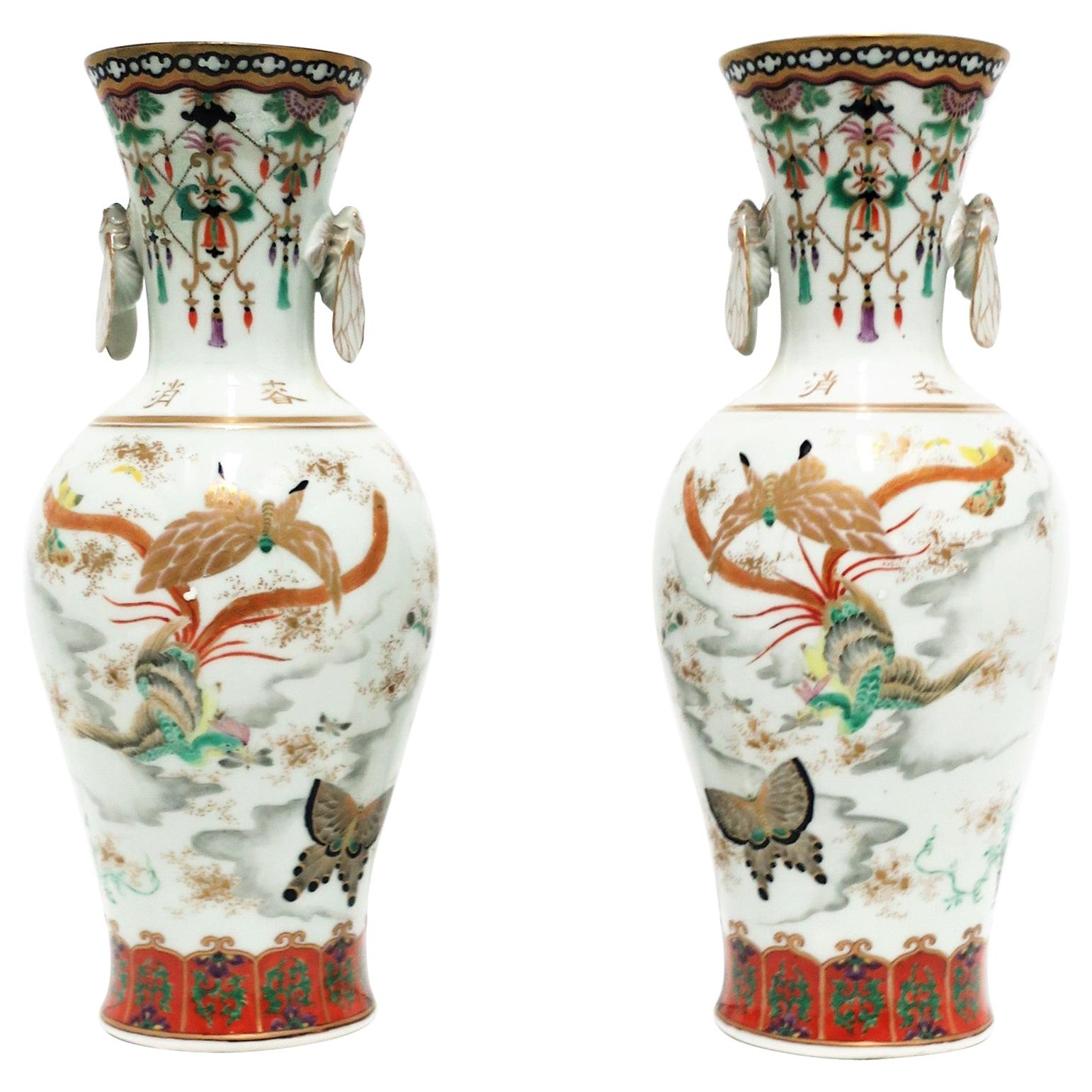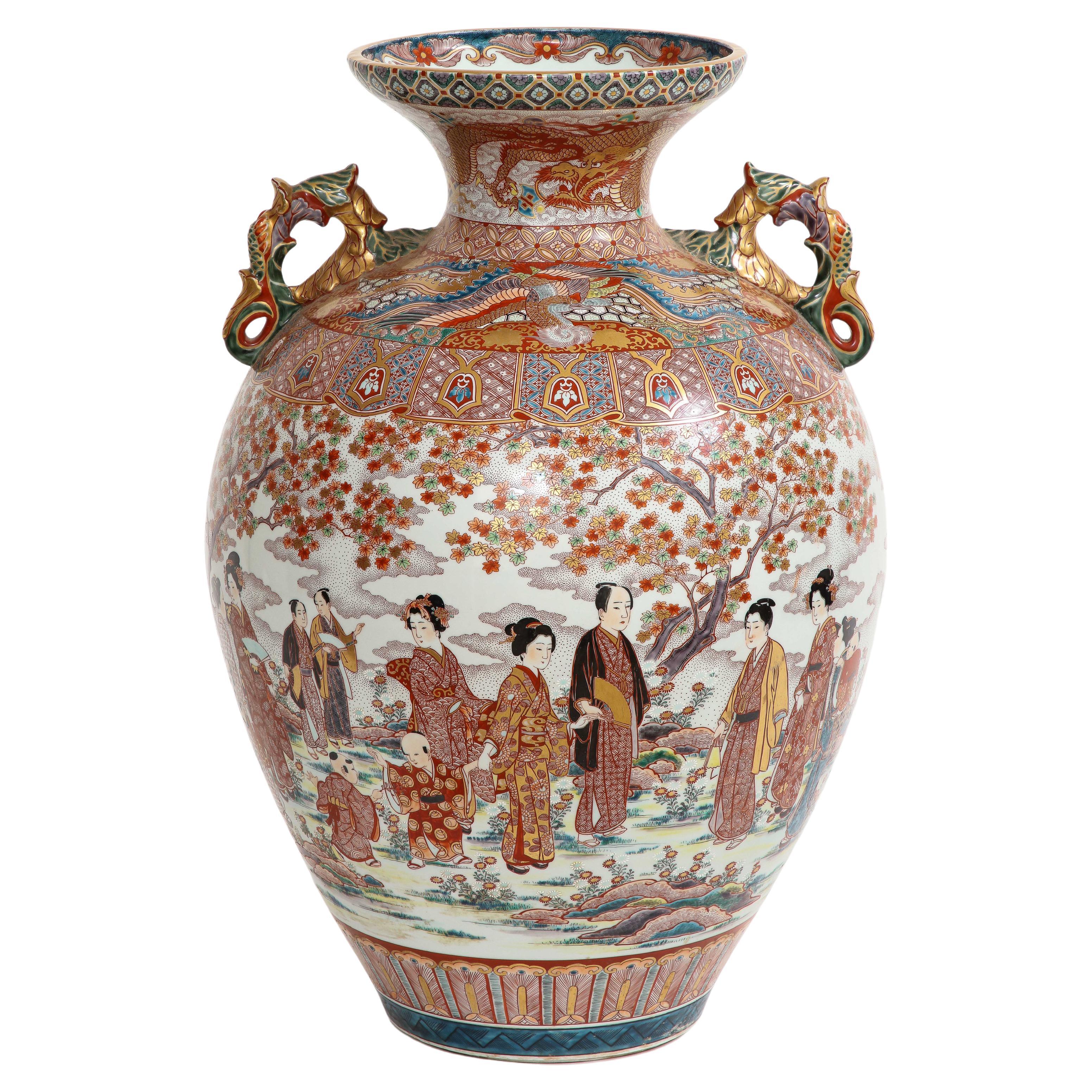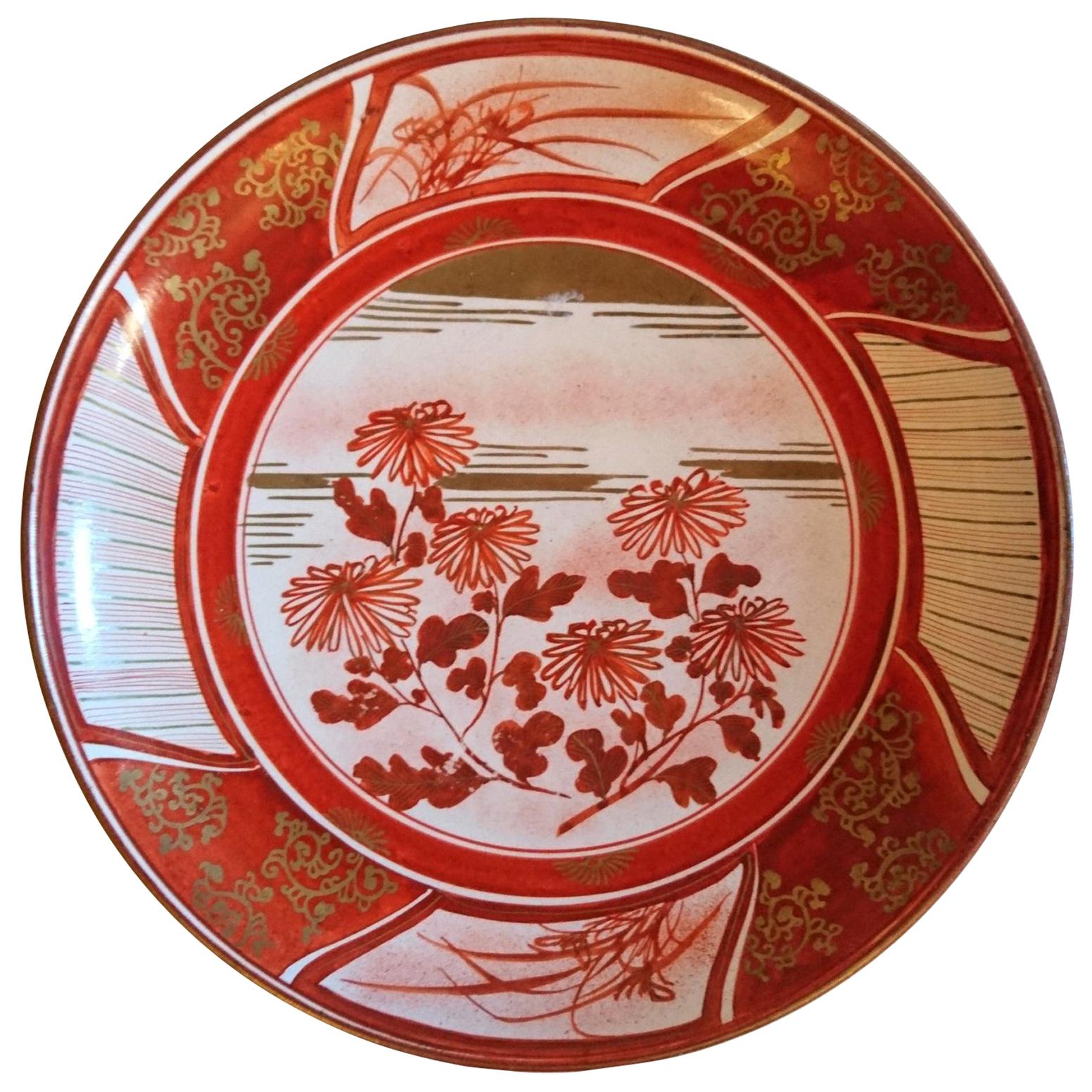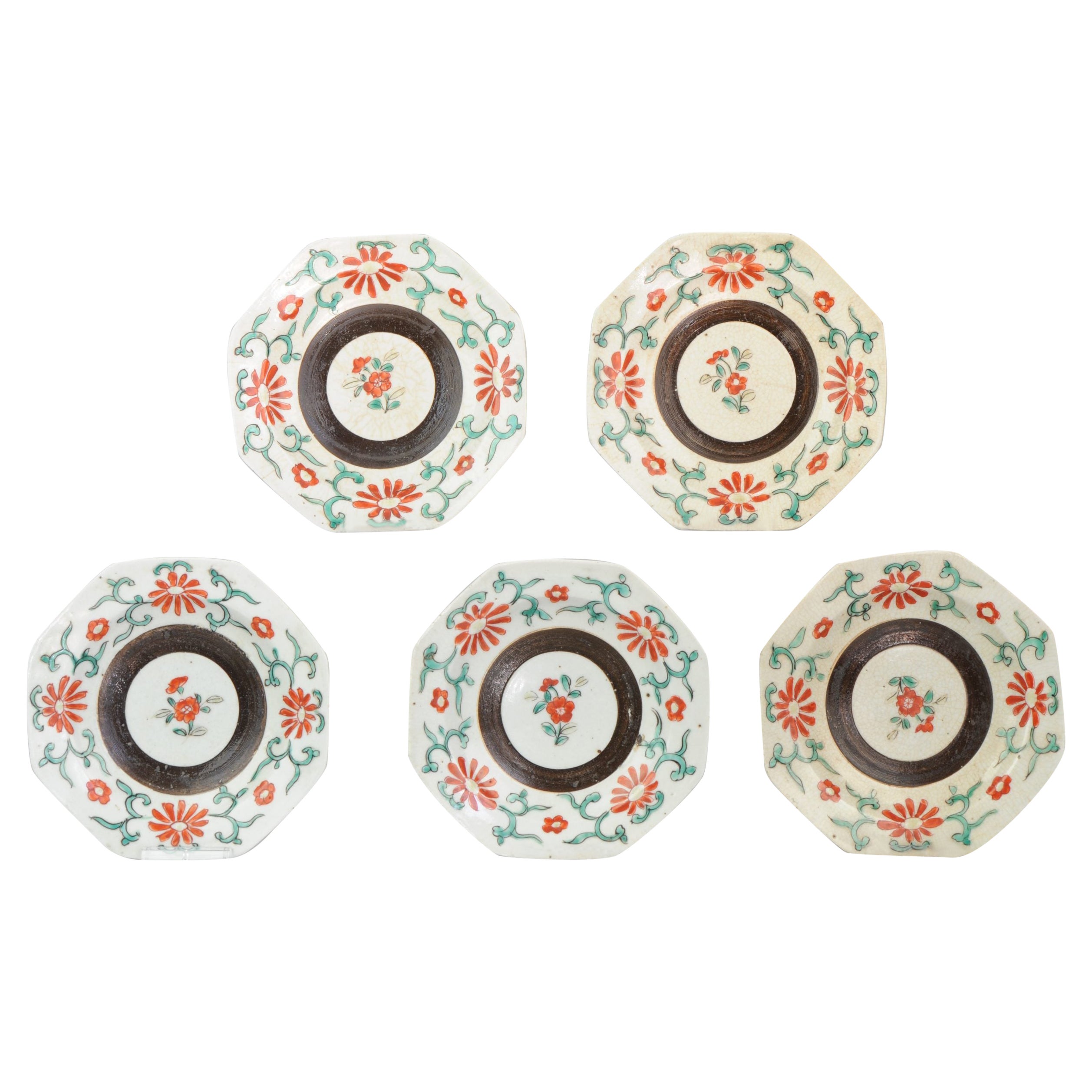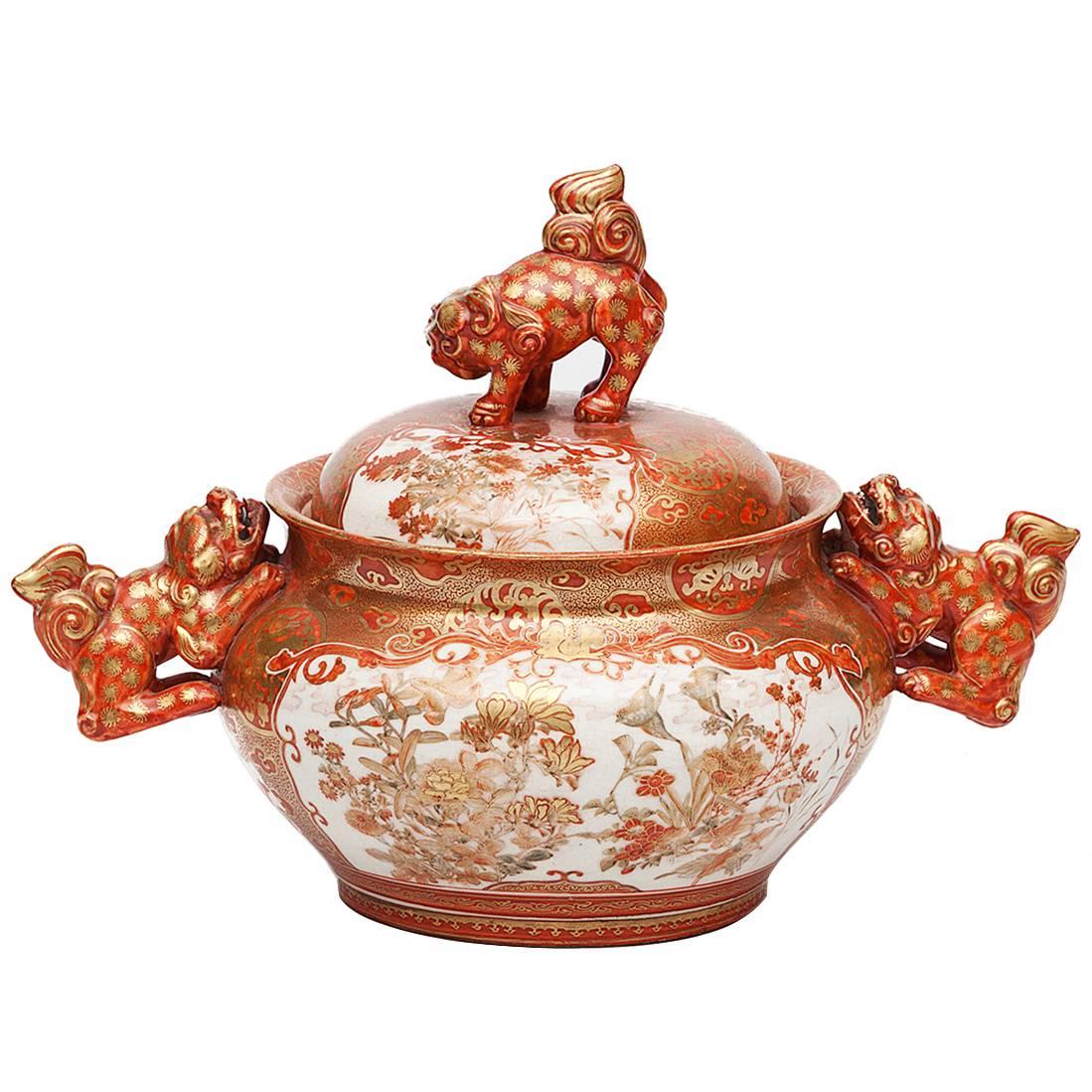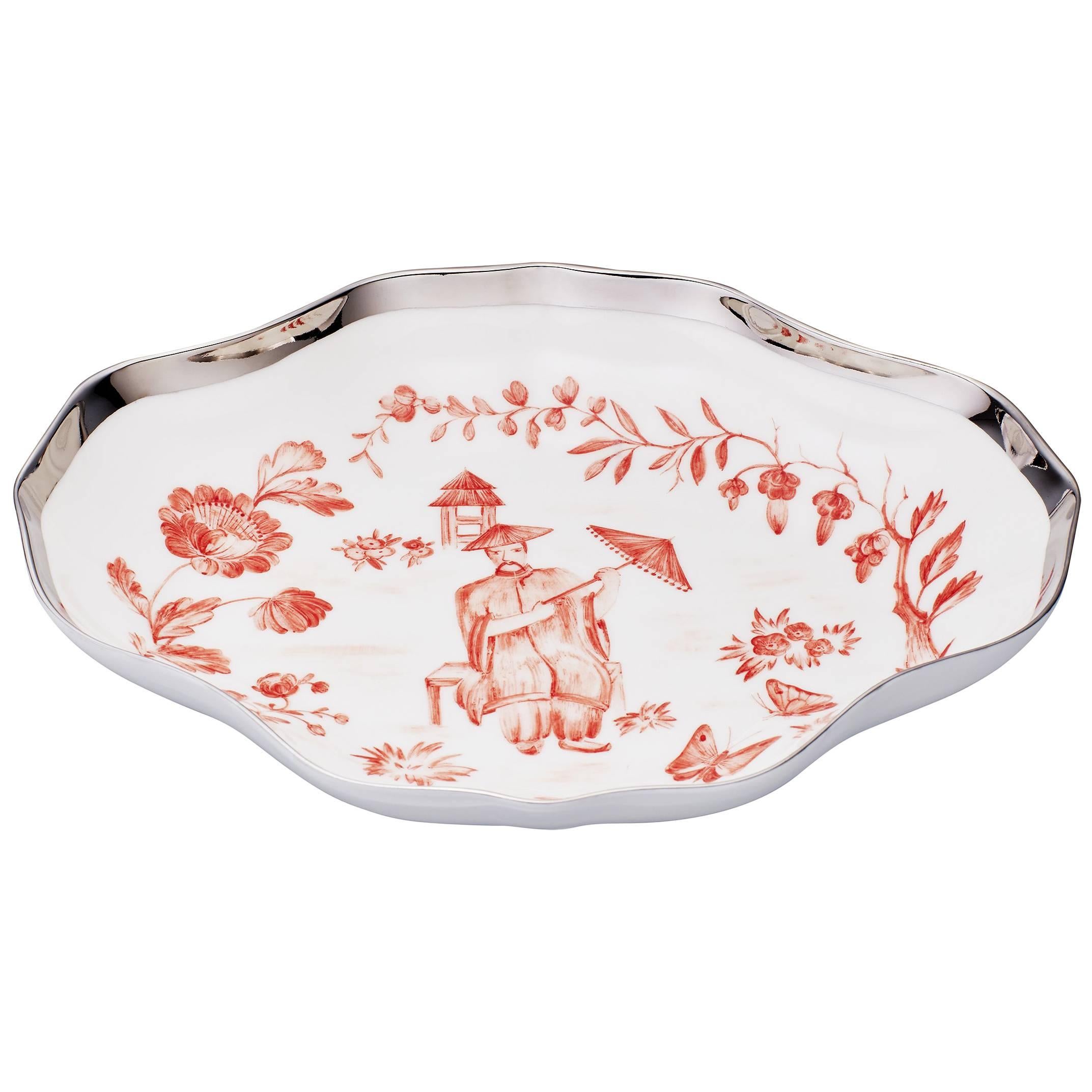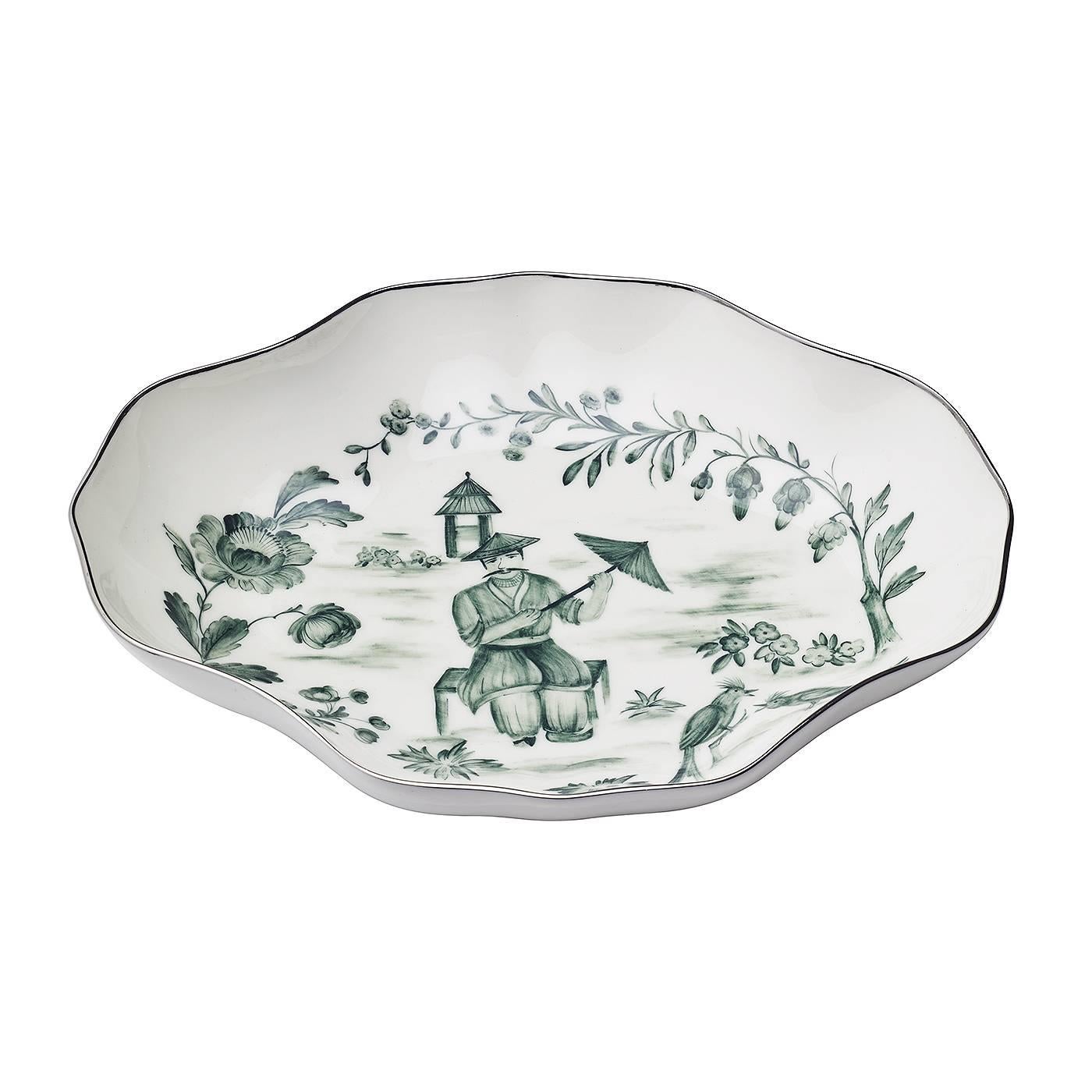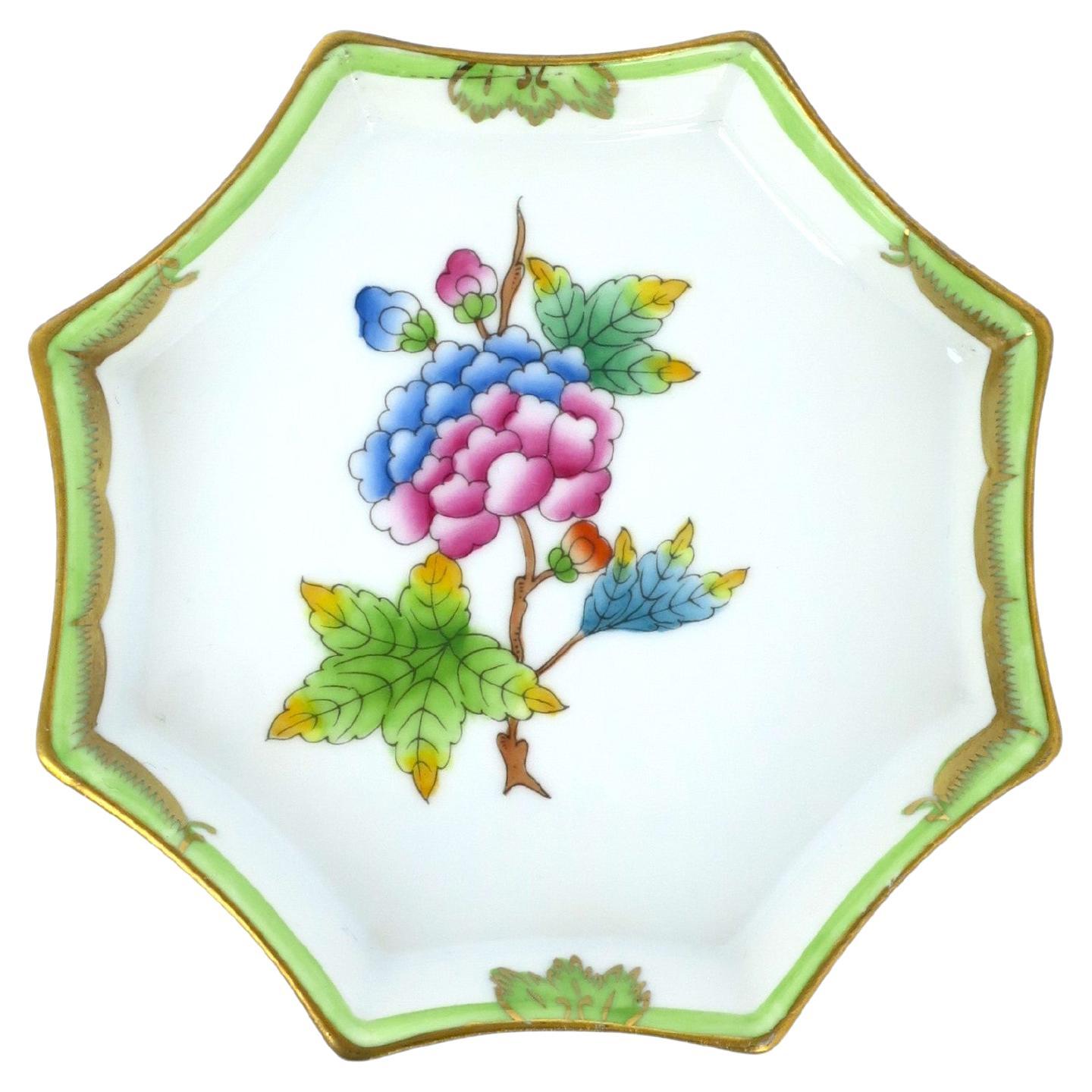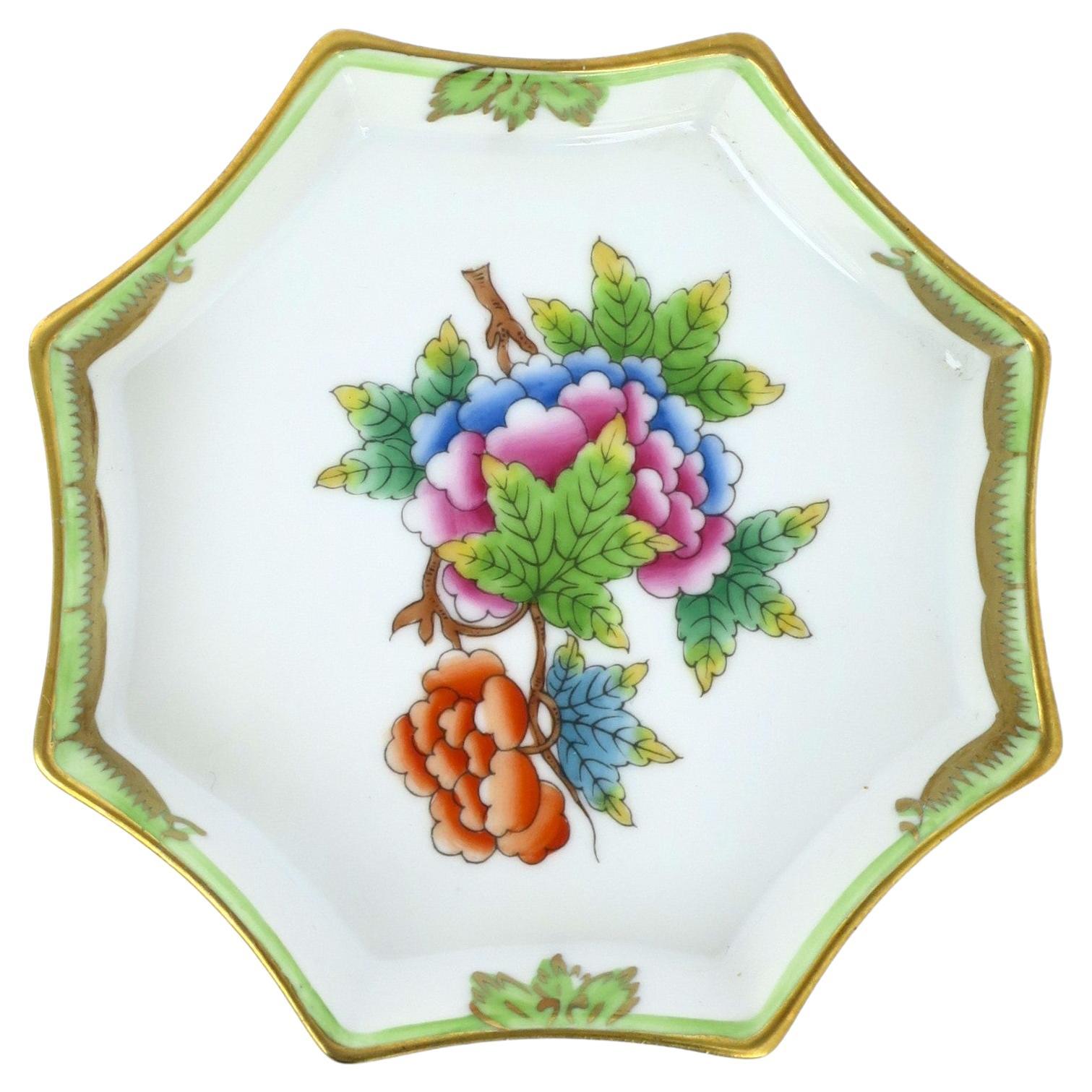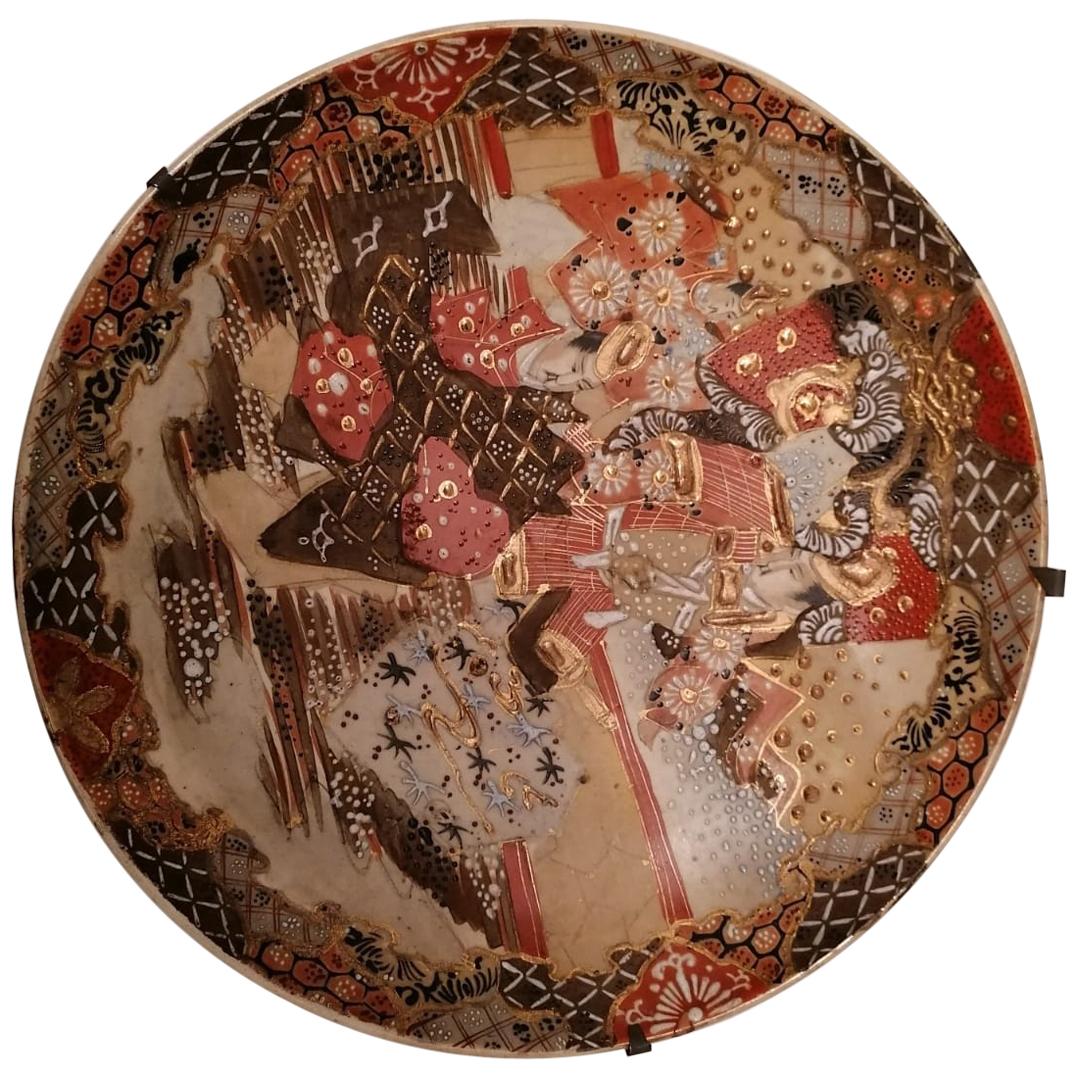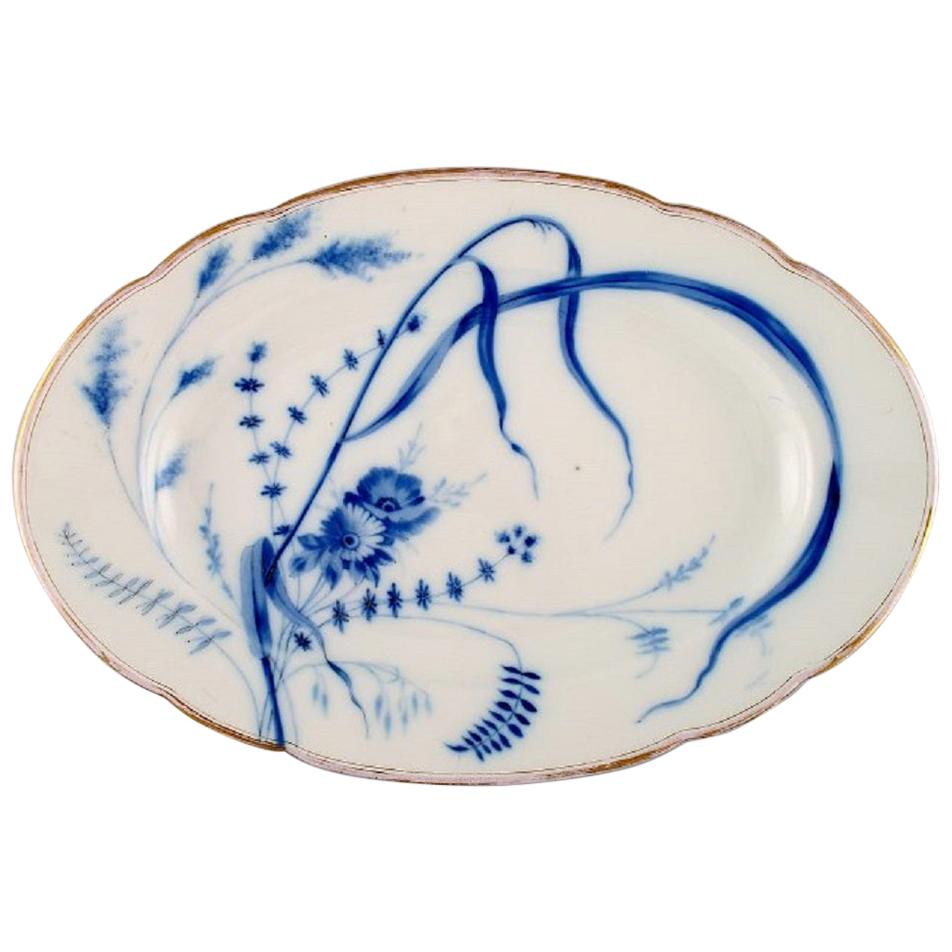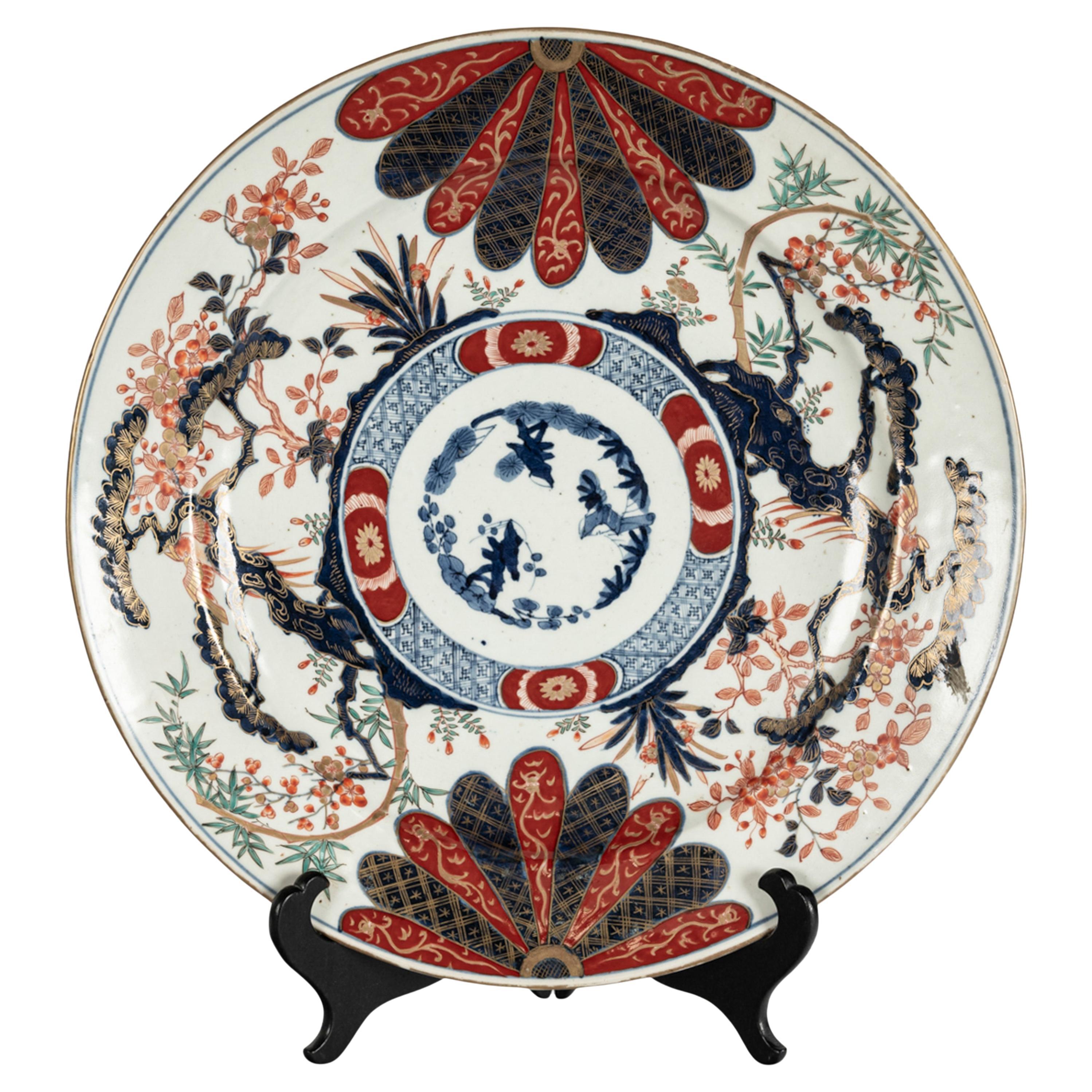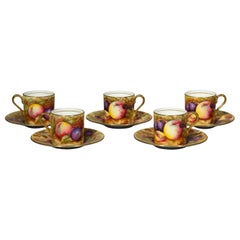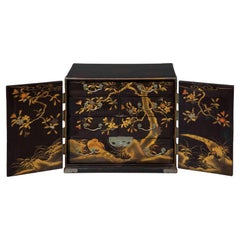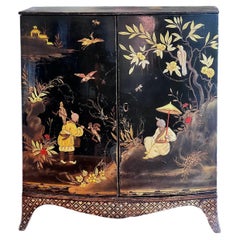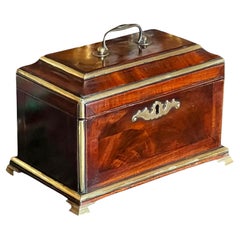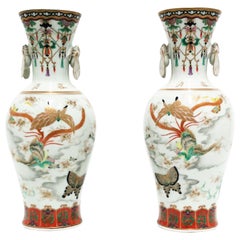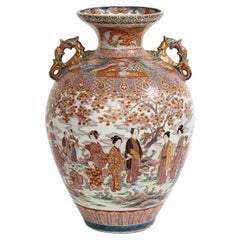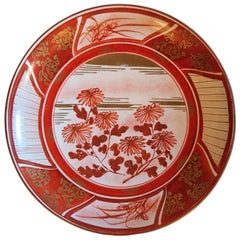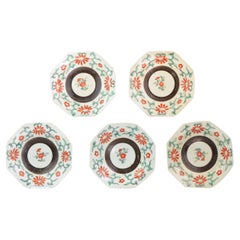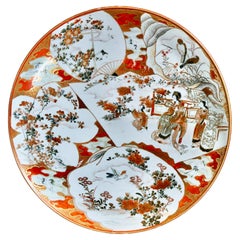
Antique Japanese Meiji Period Kutani Porcelain Dish
View Similar Items
Video Loading
Want more images or videos?
Request additional images or videos from the seller
1 of 9
Antique Japanese Meiji Period Kutani Porcelain Dish
$595.86List Price
About the Item
- Dimensions:Height: 2 in (5.08 cm)Diameter: 14.5 in (36.83 cm)
- Style:Chinoiserie (In the Style Of)
- Materials and Techniques:
- Place of Origin:
- Period:
- Date of Manufacture:20th century
- Condition:Wear consistent with age and use.
- Seller Location:Richmond, GB
- Reference Number:1stDibs: LU1781217645412
About the Seller
5.0
Vetted Professional Seller
Every seller passes strict standards for authenticity and reliability
Established in 2014
1stDibs seller since 2016
236 sales on 1stDibs
Associations
LAPADA - The Association of Arts & Antiques Dealers
Authenticity Guarantee
In the unlikely event there’s an issue with an item’s authenticity, contact us within 1 year for a full refund. DetailsMoney-Back Guarantee
If your item is not as described, is damaged in transit, or does not arrive, contact us within 7 days for a full refund. Details24-Hour Cancellation
You have a 24-hour grace period in which to reconsider your purchase, with no questions asked.Vetted Professional Sellers
Our world-class sellers must adhere to strict standards for service and quality, maintaining the integrity of our listings.Price-Match Guarantee
If you find that a seller listed the same item for a lower price elsewhere, we’ll match it.Trusted Global Delivery
Our best-in-class carrier network provides specialized shipping options worldwide, including custom delivery.More From This Seller
View AllSet of Five Aynsley Porcelain Painted Coffee Cups and Saucers, Signed N.Brunt
By John Aynsley
Located in Richmond, London
Set of five porcelain coffee cups and saucers, of Fruit Orchard pattern, decorated by Nancy Brunt (active 1935-1975) for Aynsley, England
Circa 1950's
Elegant small coffee cans a...
Category
Mid-20th Century English Victorian Porcelain
Materials
Porcelain
19th Century Japanese Lacquer Table Cabinet
Located in Richmond, London
A fine and rare Japanese black lacquer table or jewellery cabinet, exquisitely decorated in intricate detail, dating to the late Meiji per...
Category
Antique Late 19th Century Japanese Meiji Lacquer
Materials
Metal
18th Century George III Japanned Table Cabinet
Located in Richmond, London
A superb 18th century George III period miniature japanned collector’s cabinet depicting Oriental scenes, exotic birds, pagodas, butterflies etc. Engl...
Category
Antique Late 18th Century English Decorative Boxes
Materials
Brass
Mid-18th Century George II Period Tea Chest, Manner of Abraham Roentgen
Located in Richmond, London
This extremely rare tea-chest is a fine example of the mid-18th century fashion for brass-inlaid furniture and boxes, and undoubtedly originates from the circle of outstanding crafts...
Category
Antique Mid-18th Century English George II Tea Caddies
Materials
Brass
Early 20th Century Pair of Hand-Painted Porcelain Vases, circa 1920
By Dresden Porcelain
Located in Richmond, London
A rare and superbly decorative pair of large scale lidded porcelain vases in the neoclassical taste, each one exquisitely hand-painted in blue and white colours with gilded accents t...
Category
Vintage 1920s German Neoclassical Revival Vases
Materials
Porcelain
Early 20th Century Purple and Gold Porcelain Tea Set for Eight Persons
By Wedgwood
Located in Richmond, London
A very fine Crescent Ware porcelain eight place tea set, finely decorated with gold over royal purple ground, retailed by Phillips of New Bond Street, London.
England, circa 1908–192...
Category
Early 20th Century English Regency Tea Sets
Materials
Porcelain
You May Also Like
Art Deco Japanese Kutani Porcelain Vases Meiji Period, Pair
Located in New York, NY
A very beautiful pair of polychromed Kutani porcelain Japanese vases, circa early 20th century, Meiji period, Japan. Vases are hand painted and designed with two different sides; one...
Category
Early 20th Century Japanese Meiji Porcelain
Materials
Porcelain
Monumental Japanese Kutani Porcelain Vase, Meiji/Taisho Period, Signed
Located in New York, NY
A Monumental Japanese Kutani porcelain vase, Meiji/Taisho Period, Signed Akiyama sei. The main body is all hand-painted with wonderful ...
Category
Antique Early 1900s Japanese Meiji Vases
Materials
Porcelain
Meiji Period Kutani Bowl
Located in Albano Laziale, Rome/Lazio
A decorative Japanese porcelain bowl decorated in iron red and gilt, late Meiji period.
Category
Antique Late 19th Century Japanese Meiji Porcelain
Materials
Porcelain
# 5 Ko-Kutani Edo Period 17th Century Japanese Porcelain Dish Arita
Located in Amsterdam, Noord Holland
A very nice set of polychrome dishes with green and red overglaze colors. Interesting brown circle in the centre.
Early Edo period.
Condition
No real damages, just crackl...
Category
Antique 18th Century Japanese Edo Ceramics
Materials
Porcelain
$1,698 Sale Price / set
20% Off
Japanese Meiji Orange and Gold Porcelain Kutani Bowl
Located in Long Island City, NY
This delicately hand-painted Meiji-period Kutani-ware bowl is ornamented with lion-shaped handles on the bowl and lid, and is decorated in orange and gold with panels depicting floral arrangements, surrounded by scrolling borders. On the base is the "Dai Nippon...
Category
Antique 1890s Japanese Meiji Porcelain
Materials
Porcelain
Chinoiserie Handpainted Porcelain Dish Sofina Boutique Kitzbuehel
By Sofina Porzellan
Located in Kitzbühel, Tirol
Hands-free painted porcelain dish with a chinoiserie decor in orange. Rimmed with a platinum frame. Handpainted by Sofina Porzellan Bavaria. Comes in different colors.
Category
2010s German Chinoiserie Porcelain
Materials
Porcelain
Recently Viewed
View AllMore Ways To Browse
Antique Chinese Dishes
Japanese Antique Bowls
Decorative Plates Blue And White
Chinese Blue Pottery
Japanese Decorative Plates
Vintage Mid Century Dishes
Yellow Decorative Plate
Chinese White Pottery
Vintage Green Dish
Vintage French Basket
Vintage 1950s Dishes
Green Dishes And Bowls
Decorative Plates With Birds
Antique Porcelain Flowers In Basket
Ceramic Brown Dishes
Bronze Dish
Chinese Emperor Porcelain
Japanese Antique Dishes
